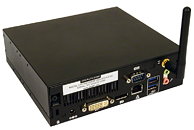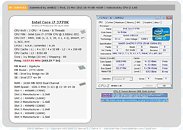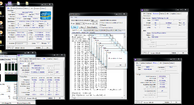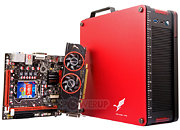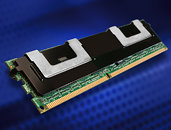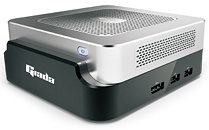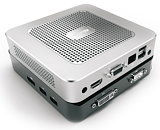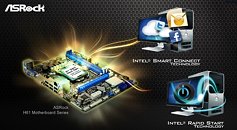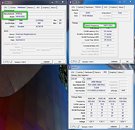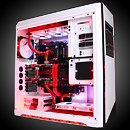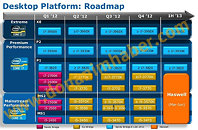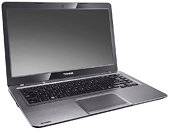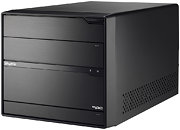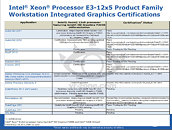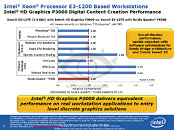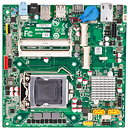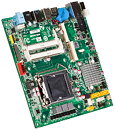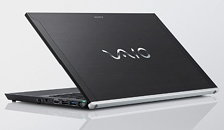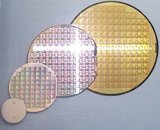Stealth.com Intros New Mini PC Featuring 2nd Generation Intel Core Mobile Processors
Stealth.com Inc. (Stealth Computer) a leading ISO 9001 manufacturer of industrial rugged computers and peripherals has released their most powerful and advanced mini pc yet, the LPC-680 LittlePC. The new Stealth LPC-680 small form factor PC offers tremendous power in a tiny package that measures 6.5" x 6" and less than 2" in height. The diminutive machine is about the size of a hard cover novel yet it surpasses the performance of computers many times its physical size.
"The Stealth Model: LPC-680 is the most powerful and advanced small form PC we have offered to date. Our full featured machine utilizes the new second generation Sandy Bridge Intel Core i7/i5/i3 mobile processor family and we believe it competes for the most processing power per square inch of any personal computer available today. It is also our first small PC with USB 3.0 connectivity" stated Ed Boutilier CEO of Stealth.com Inc.
"The Stealth Model: LPC-680 is the most powerful and advanced small form PC we have offered to date. Our full featured machine utilizes the new second generation Sandy Bridge Intel Core i7/i5/i3 mobile processor family and we believe it competes for the most processing power per square inch of any personal computer available today. It is also our first small PC with USB 3.0 connectivity" stated Ed Boutilier CEO of Stealth.com Inc.

